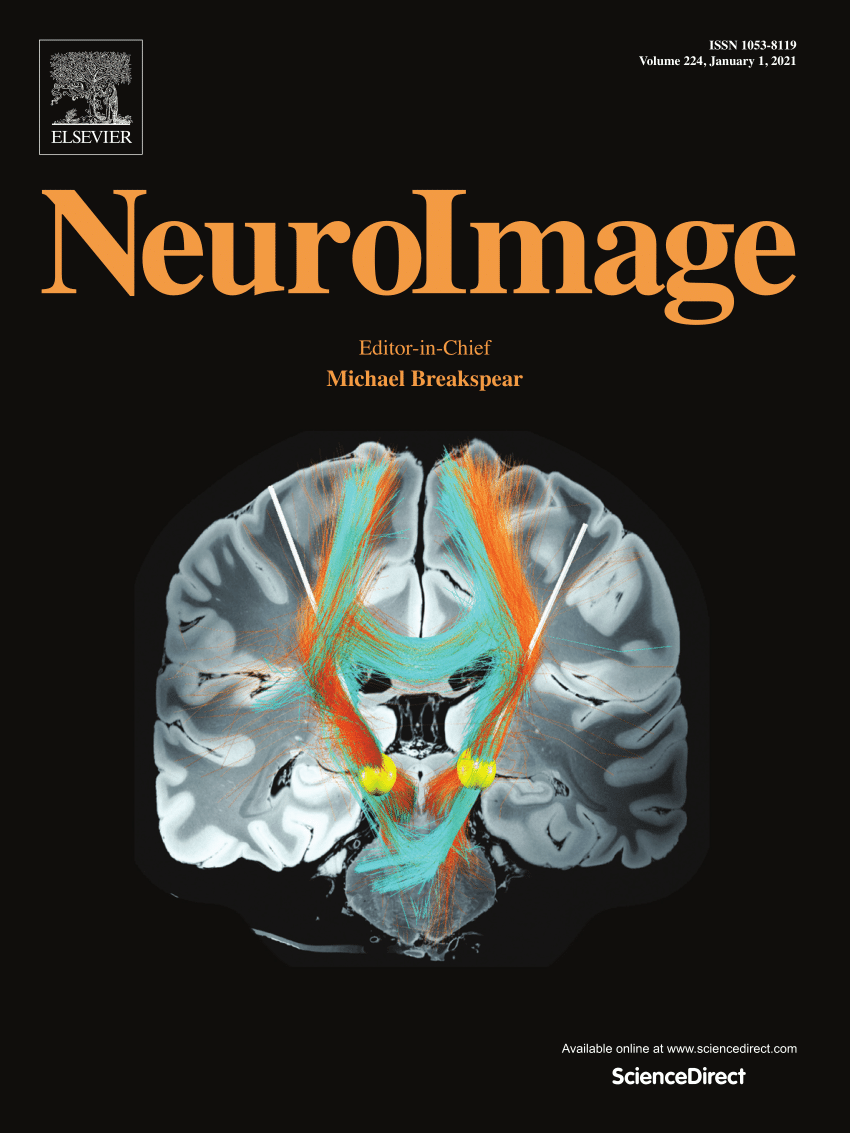Alterations in brain iron and myelination in children with ASD: A susceptibility source separation imaging study
IF 4.7
2区 医学
Q1 NEUROIMAGING
引用次数: 0
Abstract
Autism spectrum disorder (ASD) may have both brain iron and myelin changes, but traditional methods fail to differentiate them. This study utilized an advanced susceptibility source separation technique, APART-QSM (iterAtive magnetic suscePtibility sources sepARaTion), to investigate brain iron and myelination alterations in children with ASD and link neuroimaging findings to clinical symptom severity. Sixty-five school-aged children with ASD and Sixty age- and sex-matched typically developing children were included. By providing enhanced and broader detection capabilities compared to conventional QSM, APART-QSM uncovered reduced iron content across multiple deep gray matters and decreased myelin content in the globus pallidum in ASD. The iron and myelin contents in the globus pallidum and iron content in the substantia nigra were significantly negatively correlated with ASD symptom severity. Coexisting abnormal brain iron and myelin contents in ASD, particularly in the globus pallidus, offer innovative and promising insights into ASD pathology and potential biomarkers.

求助全文
约1分钟内获得全文
求助全文
来源期刊

NeuroImage
医学-核医学
CiteScore
11.30
自引率
10.50%
发文量
809
审稿时长
63 days
期刊介绍:
NeuroImage, a Journal of Brain Function provides a vehicle for communicating important advances in acquiring, analyzing, and modelling neuroimaging data and in applying these techniques to the study of structure-function and brain-behavior relationships. Though the emphasis is on the macroscopic level of human brain organization, meso-and microscopic neuroimaging across all species will be considered if informative for understanding the aforementioned relationships.
 求助内容:
求助内容: 应助结果提醒方式:
应助结果提醒方式:


